.RIS.
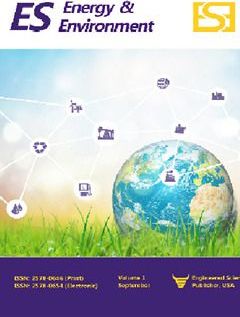


It’s the two highly problematic trends, that the study relates here, that are important: The comparatively slow, but long-term, continuous human-induced reduction of the global biomass stock vis-à-vis the exponentially growing anthropogenic (human-made) mass,” Krausmann said by email. “Better knowledge about the dynamics and patterns of anthropogenic mass, and how it is linked to service provision and resource flows is key for sustainable development. The big question is how much anthropogenic mass do we need for a good life.
The year 2020 could be the year when human-made mass surpasses the overall weight of biomass — estimated to be roughly 1,100,000,000,000 tons, or 1.1 teratons — a milestone scientists say speaks to the enormous impact that humans have had on the planet.
The analysis was published Wednesday in the scientific journal Nature, and was conducted by a group of researchers from Israel’s Weizmann Institute of Science.
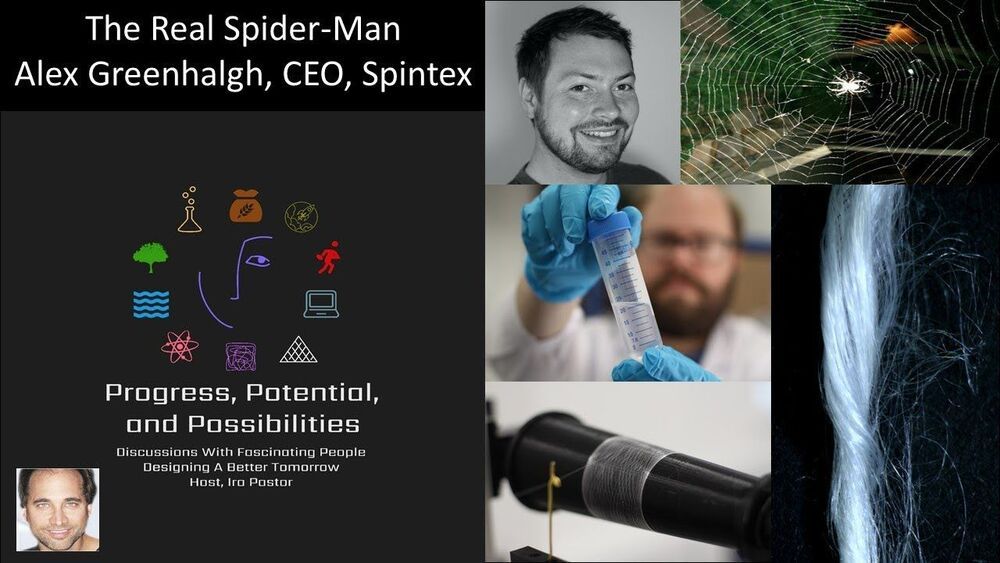
Spider silk is a protein fiber spun by spiders, which they use to make webs or other structures, which function as sticky nets to catch other animals, or as nests or cocoons to protect their offspring, or to wrap up prey. They can also use their silk to suspend themselves, to float through the air, or to glide away from predators.
Each spider and each type of silk has a set of mechanical properties optimized for their biological function, but in particular, their dragline silks, have exceptional mechanical properties. They exhibit a unique combination of high tensile strength and extensibility which enables a silk fiber to absorb a large amount of energy before breaking with this estimated tensile strength several times that of steel.
Alex Greenhalgh, is the CEO, Spintex, a spin-out from the University of Oxford, pushing the boundaries of bio-inspired spinning and silk materials to provide much needed solution in sustainable and technical textiles.
Alex is a biologist and programmer with a working background in microbiology, clinical trials with a focus on GCP compliance, and silk and protein science where he has been a research assistant in the Oxford Silk Group for the last three-years. His research experience includes characterization of liquid silks and fibres with techniques such as rheology, fluorimetry, calorimetry, electrophoresis and tensile testing.
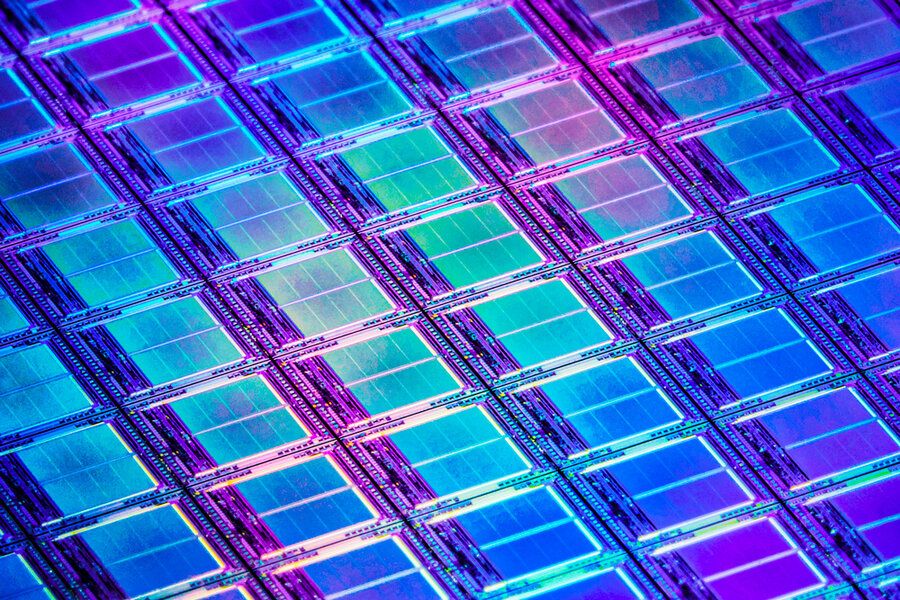
For decades, one material has so dominated the production of computer chips and transistors that the tech capital of the world—Silicon Valley—bears its name. But silicon’s reign may not last forever.
MIT researchers have found that an alloy called InGaAs (indium gallium arsenide) could hold the potential for smaller and more energy efficient transistors. Previously, researchers thought that the performance of InGaAs transistors deteriorated at small scales. But the new study shows this apparent deterioration is not an intrinsic property of the material itself.
The finding could one day help push computing power and efficiency beyond what’s possible with silicon. “We’re really excited,” said Xiaowei Cai, the study’s lead author. “We hope this result will encourage the community to continue exploring the use of InGaAs as a channel material for transistors.”
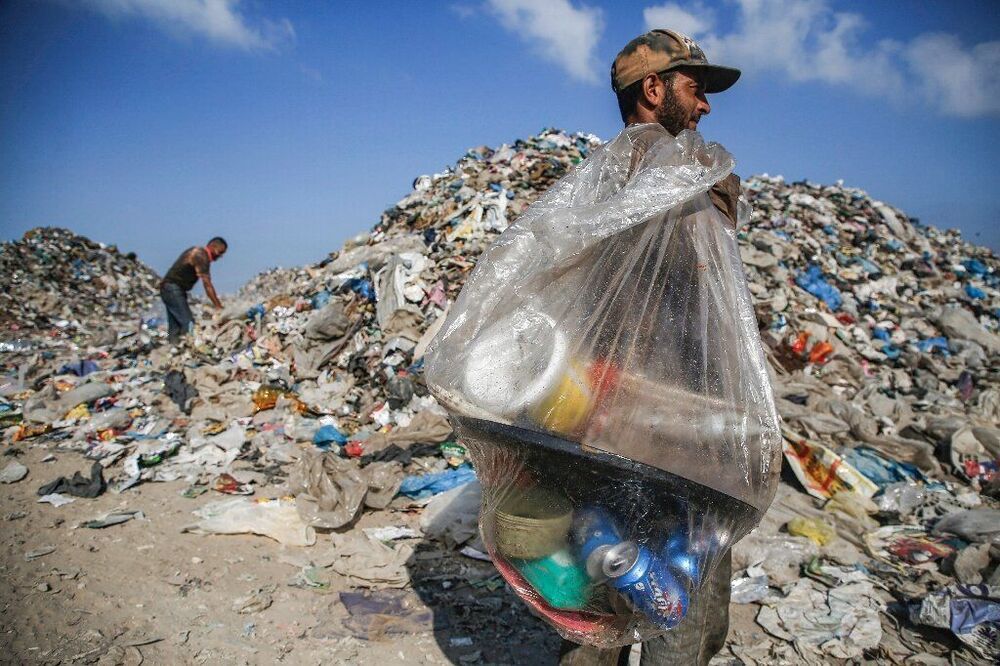
For the first time in history manmade materials now likely outweigh all life on Earth, scientists said Wednesday in research detailing the “crossover point” at which humanity’s footprint is heavier than that of the natural world.
The weight of roads, buildings and other constructed or manufactured materials is doubling roughly every 20 years, and authors of the research said it currently weighed 1.1 teratonnes (1.1 trillion tonnes).
As mankind has ramped up its insatiable consumption of natural resources, the weight of living biomass—trees, plants and animals—has halved since the agricultural revolution to stand at just 1 teratonne currently, the study found.

Almost 200 years after French physicist Jean Peltier discovered that electric current flowing through the junction of two different metals could be used to produce a heating or cooling effect, scientists continue to search for new thermoelectric materials that can be used for power generation.
Researchers writing in Nature Materials, however, say it is time to step up efforts to find new materials for thermoelectric cooling.
Bismuth tellurium compounds have been used for thermoelectric cooling for more than 60 years, and the researchers say the fact that there is already a commercial demand for the technology suggests better materials can expand the market.
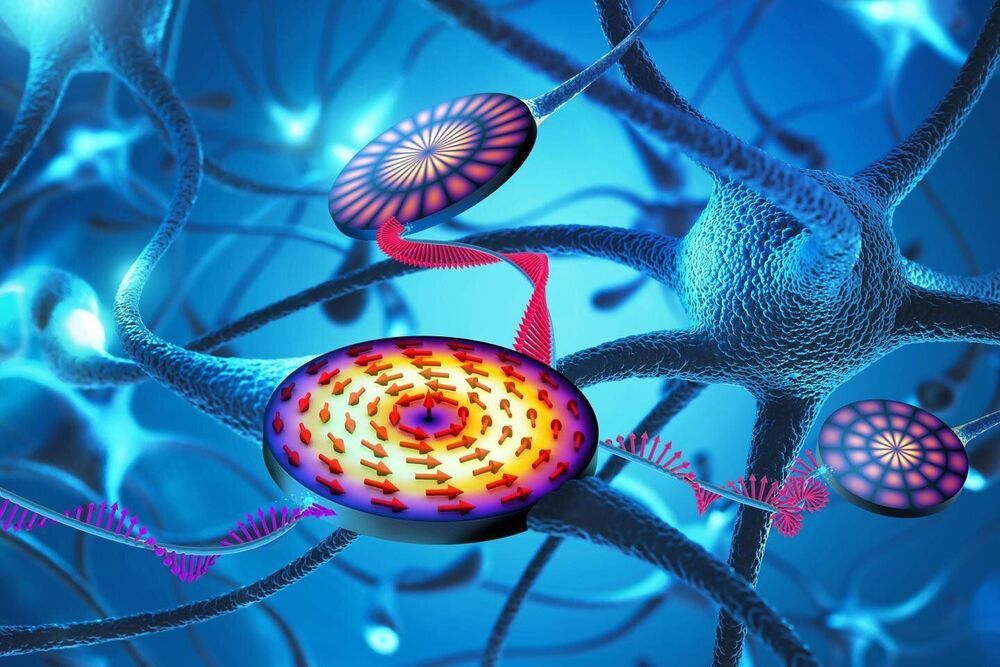
Neural networks are some of the most important tools in artificial intelligence (AI): they mimic the operation of the human brain and can reliably recognize texts, language and images, to name but a few. So far, they run on traditional processors in the form of adaptive software, but experts are working on an alternative concept, the ‘neuromorphic computer.’ In this case, the brain’s switching points—the neurons—are not simulated by software but reconstructed in hardware components. A team of researchers at the Helmholtz-Zentrum Dresden-Rossendorf (HZDR) has now demonstrated a new approach to such hardware—targeted magnetic waves that are generated and divided in micrometer-sized wafers. Looking to the future, this could mean that optimization tasks and pattern recognition could be completed faster and more energy efficiently. The researchers have presented their results in the journal Physical Review Letters.
The team based its investigations on a tiny disc of the magnetic material iron nickel, with a diameter just a few micrometers wide. A gold ring is placed around this disc: When an alternating current in the gigahertz range flows through it, it emits microwaves that excite so-called spin waves in the disc. “The electrons in the iron nickel exhibit a spin, a sort of whirling on the spot rather like a spinning top,” Helmut Schultheiß, head of the Emmy Noether Group “Magnonics” at HZDR, explains. “We use the microwave impulses to throw the electron top slightly off course.” The electrons then pass on this disturbance to their respective neighbors—which causes a spin wave to shoot through the material. Information can be transported highly efficiently in this way without having to move the electrons themselves, which is what occurs in today’s computer chips.
Back in 2019, the Schultheiß group discovered something remarkable: under certain circumstances, the spin wave generated in the magnetic vortex can be split into two waves, each with a reduced frequency. “So-called non-linear effects are responsible for this,” explains Schultheiß’s colleague Lukas Körber. “They are only activated when the irradiated microwave power crosses a certain threshold.” Such behavior suggests spin waves as promising candidates for artificial neurons because there is an amazing parallel with the workings of the brain: these neurons also only fire when a certain stimulus threshold has been crossed.


It’s only the second time pristine astroid material has been brought back to Earth.
A Japanese space capsule carrying asteroid samples landed in a remote area of Australia as planned Saturday, Japan’s space agency, JAXA, said.
Why it matters via Axios’ Miriam Kramer: It’s only the second time pristine asteroid material has been brought back to Earth. Sample return missions like this one are incredibly valuable to scientists.
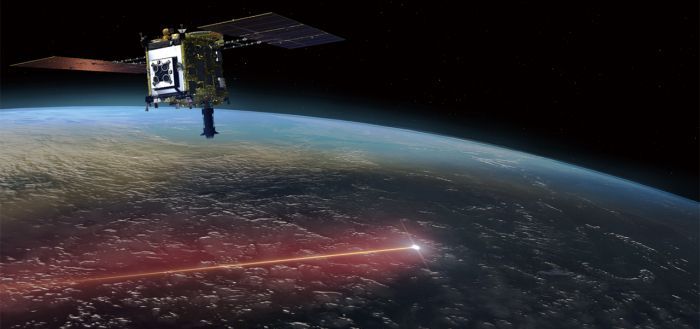
Hayabusa2’s sample return capsule has landed in Woomera, Australia, today, 5 December — or 6 December local time at Woomera. The exact landing location is now being determined, but a tweet from the mission’s official account says an estimated location of landing has been identified and teams are en route to recover it.
The craft returned not just asteroid surface material, but subsurface material (at first) as well, and will be met by Japanese scientists after completing its six-year mission to the asteroid 162173 Ryugu.
The main Hayabusa2 spacecraft meanwhile used its remaining propellant to start an extended, 11 year astronomical mission.